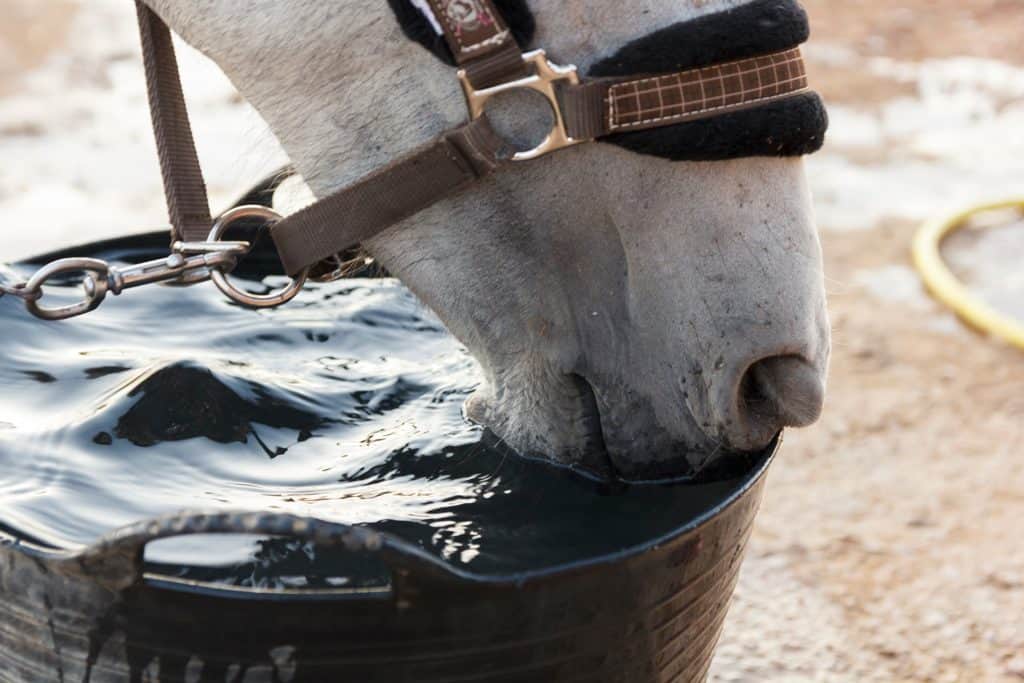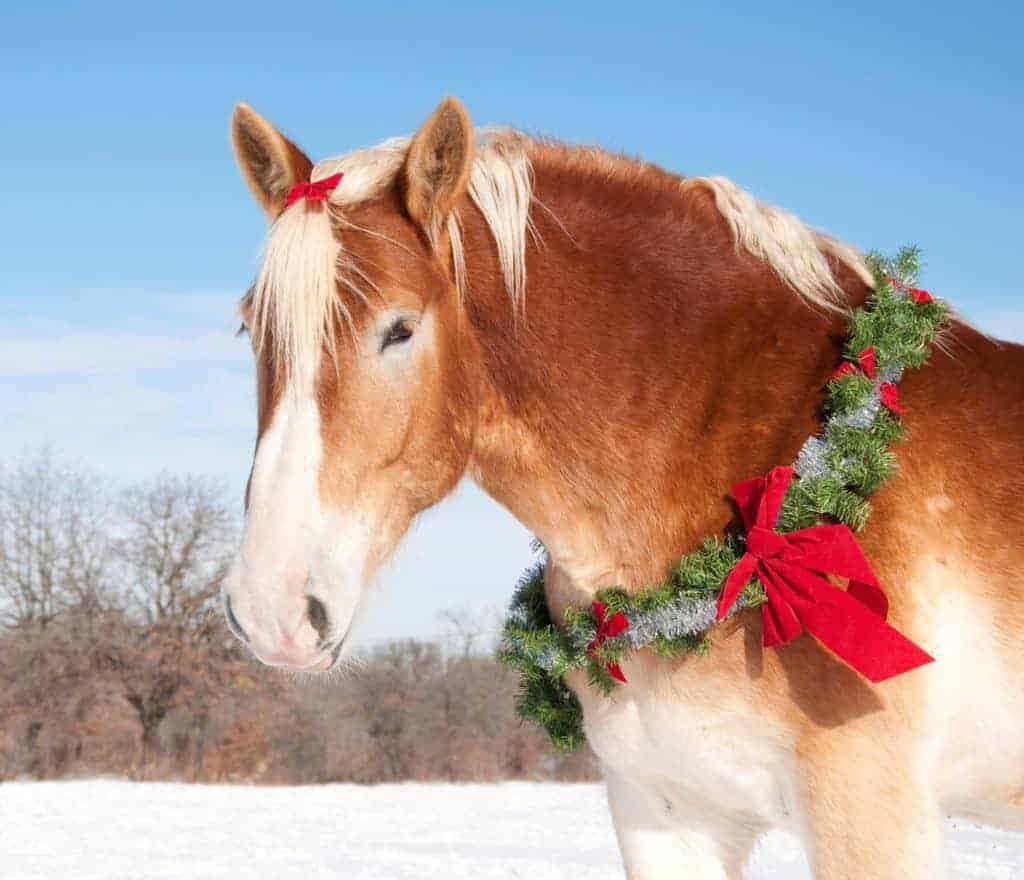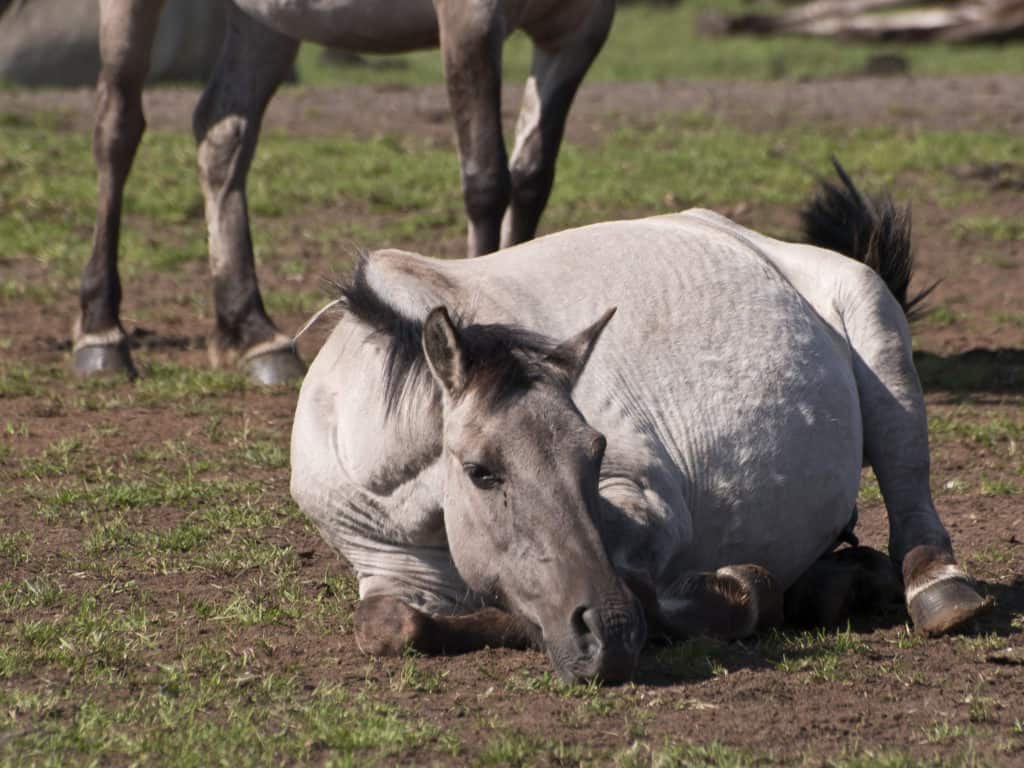
Encouraging Your Horse to Drink
Just because your horse has access to water does not guarantee he’s drinking enough. Learn more about how to keep horses hydrated.
How to care for the basic health needs of horses

Just because your horse has access to water does not guarantee he’s drinking enough. Learn more about how to keep horses hydrated.

What could cause a horse to develop equine odontoclastic tooth resorption and hypercementosis (EOTRH)?

One veterinarian describes what management changes you can make to keep your arthritic horse comfortable.

Learn more about this common and frustrating condition seen in horses in the Winter 2024 issue of The Horse.

Learn what you can do to help your horse recover from a joint injury and give him a better prognosis for the future.

Horses with certain health conditions should skip sweet treats. Find out if your horse is one.

Here’s what might be on your senior horse’s wish list this year.

Do you suspect your horse is lame? Here we’ll show you how to fine-tune your riding senses to recognize lameness when you’re on your horse.

Horses that are used to being on pasture during the spring, summer, and fall might experience nutrient deficiencies during the winter.

Find out how to recognize when a horse is at risk of developing EMS-related laminitis and what you can do to either prevent or manage it so he stays sound.

Dental pain can often be mistaken for behavior problems, so it is important for owners to understand the signs of dental pain and disease.

Dr. Patty Graham-Thiers describes the safest ways to help a horse lose weight without overrestricting his forage intake and increasing his risk of gastric ulcers.

Researchers in the U.K. say finances, emotion, and logistics all affect the outcome in cases of severe colic in horses.

Researchers have identified several benefits to this method for removing teeth in horses, such as reducing postoperative complications.

Many conditions besides colic can cause coliclike signs. And with colic, delayed treatment or misdiagnosis can have serious consequences. Here’s what you need to know.

Dr. Kelly Vineyard explains how to estimate the amount of grass your horse consumes when turned out on pasture and calculate his total daily forage intake.
Stay on top of the most recent Horse Health news with
"*" indicates required fields